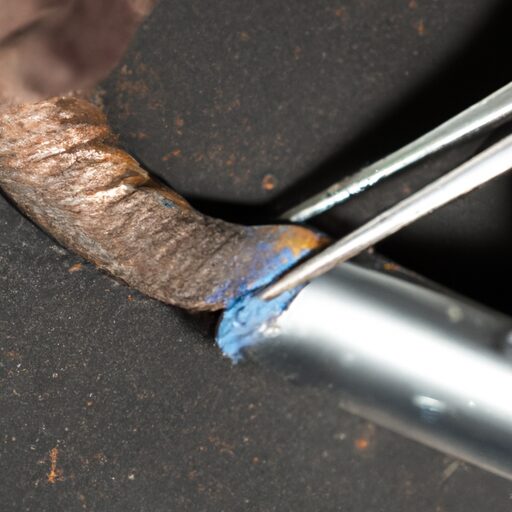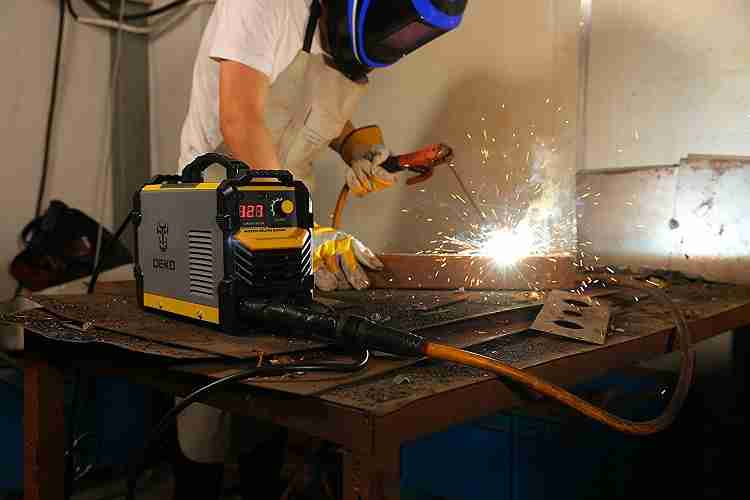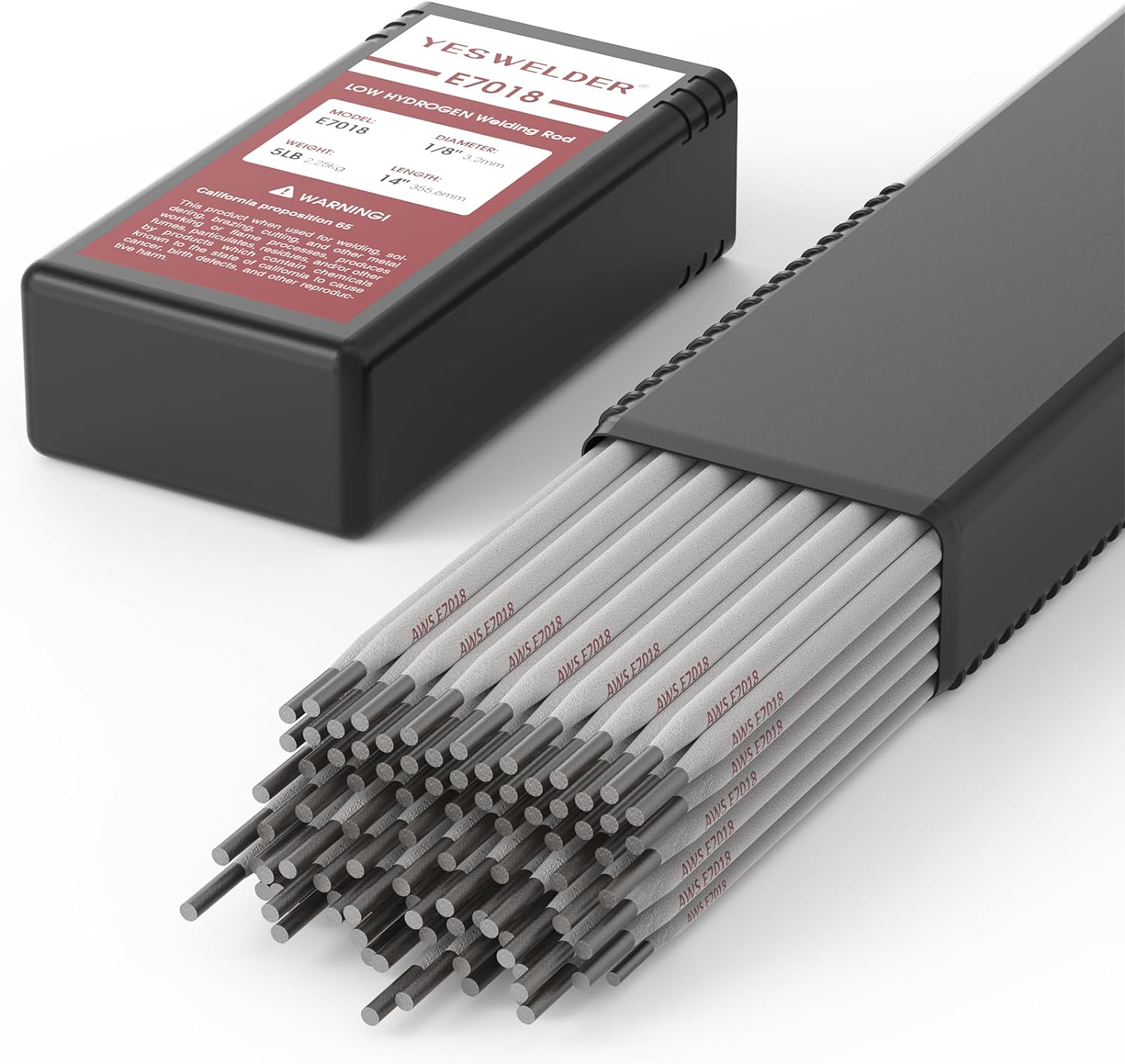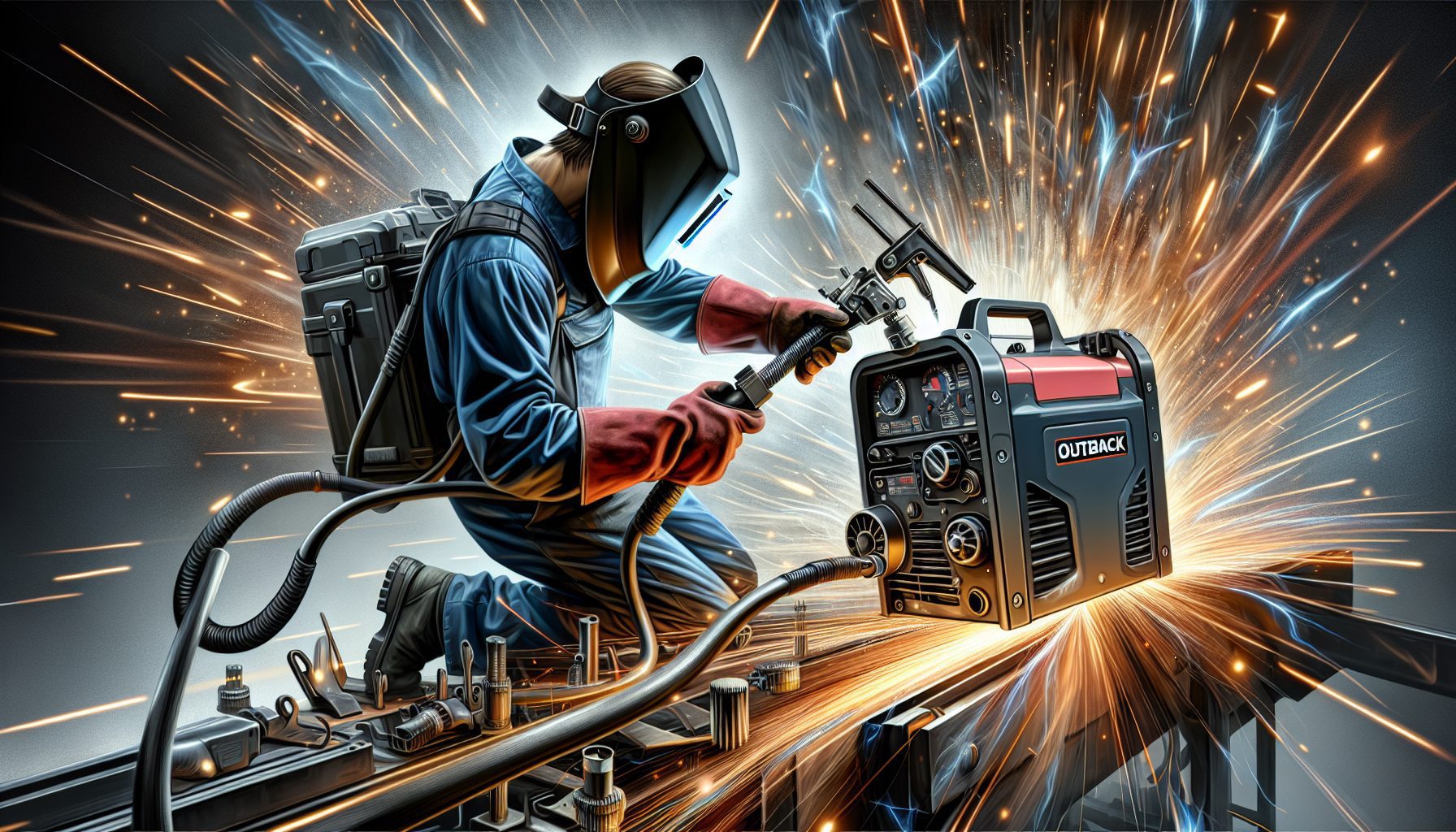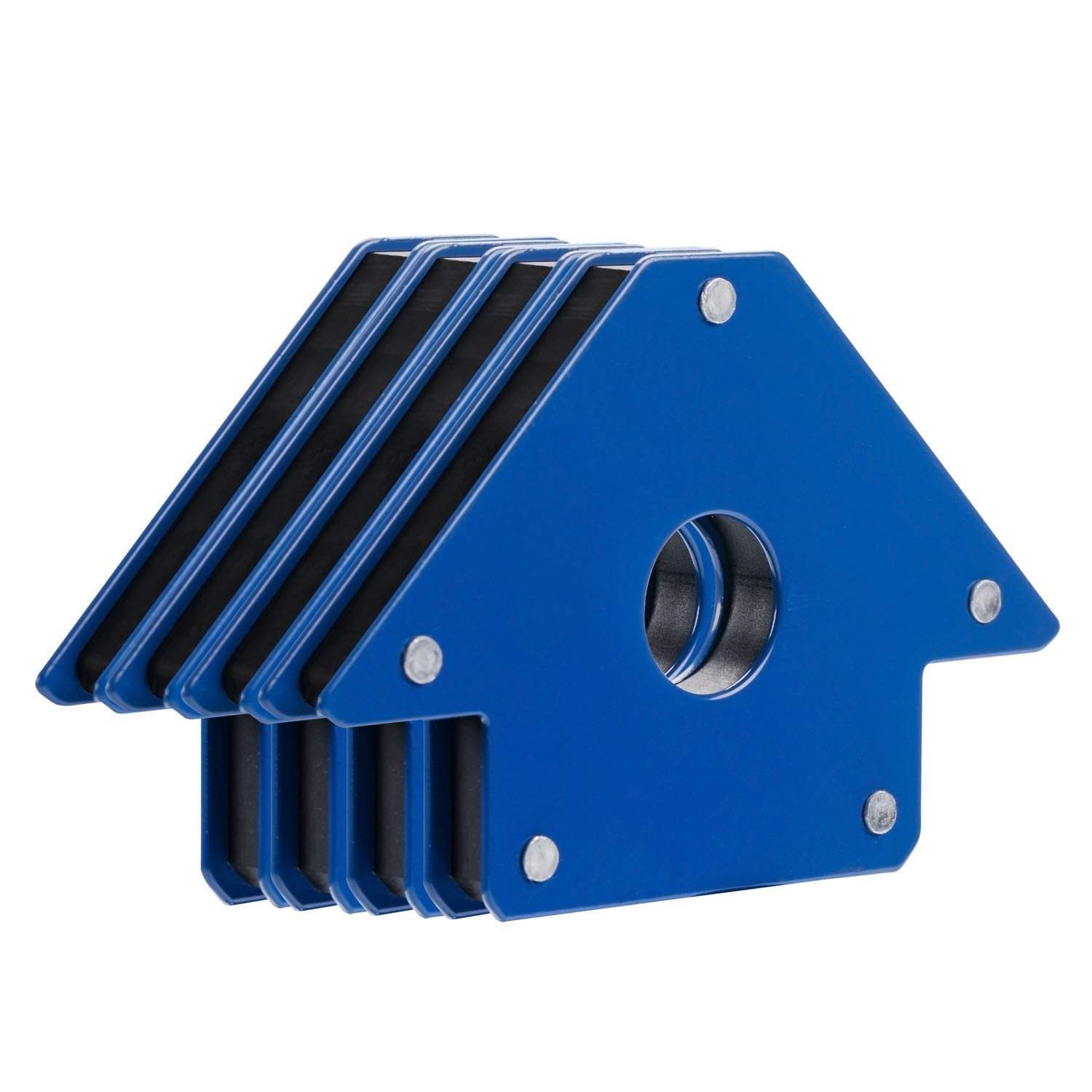Maintaining welding tools is essential to ensure their longevity and optimal performance. From regular cleaning and inspection to proper storage and lubrication, there are several steps we can take to keep our welding tools in top shape. In this article, we will explore some easy and effective methods for maintaining our welding equipment, highlighting the importance of regular maintenance and offering practical tips to extend the lifespan of our tools.
Importance of Tool Maintenance
As welding professionals, we understand the importance of tool maintenance. Not only does it ensure our safety while working, but it also extends the lifespan of our valuable tools. Neglecting regular maintenance can lead to decreased performance, costly repairs, and even accidents. Therefore, taking the time to properly care for our welding tools is essential for both efficiency and longevity.
Understanding Welding Tools
Before we delve into the details of tool maintenance, it is crucial to have a good understanding of the different types of welding tools and their key components. Welding tools can vary based on the welding process being utilized, such as MIG, TIG, or stick welding. Each welding process requires specific tools and equipment, and it is important to be familiar with them to ensure proper maintenance.
Preparing for Maintenance
Before beginning any maintenance tasks, it is vital to gather all the necessary materials. This may include cleaning brushes, lubricants, spare parts, and any other tools specific to the welding process being used. Additionally, ensuring proper ventilation in the workspace is essential for both personal safety and the effectiveness of the maintenance process. Finally, taking appropriate safety precautions, such as wearing protective gloves and eyewear, is crucial to minimize the risk of injury during maintenance tasks.
Cleaning and Inspection
One of the primary maintenance tasks for welding tools is cleaning and inspection. Accumulated welding spatter can hinder the effectiveness of our tools, so removing any excess spatter is necessary. Cleaning the cables and connections is also important to maintain good conductivity and avoid any disruptions in the welding process. Additionally, regularly cleaning the torch and nozzles helps to prevent blockages and maintain optimal gas flow during welding.
Replacing Consumables
Welding tools have consumable parts that need to be regularly checked and replaced as needed. Electrodes and tips are two critical components that wear out over time and can significantly impact the quality of the welds. By regularly checking and replacing these worn-out consumables, we can ensure consistent performance and avoid unexpected interruptions during welding projects.
Calibration and Adjustment
Proper calibration and adjustment of welding tools play a significant role in achieving high-quality welds. It is essential to periodically check the welding machine settings to ensure they are accurately calibrated. Incorrect settings can lead to poor weld quality, inefficiencies, and even safety hazards. Additionally, calibrating welding torches is crucial to ensure accurate gas flow, proper heat distribution, and overall welding performance.
Proper Storage and Handling
When it comes to maintaining welding tools, proper storage and handling are often overlooked. Storing tools in a dry environment is vital to prevent rust and corrosion, which can impair their functionality and shorten their lifespan. It is also necessary to protect tools from physical damage by utilizing suitable storage containers or dedicated tool boxes. When handling the tools, always exercise caution to avoid any accidents or mishaps that could result in tool damage or personal injury.
Preventing Common Issues
Prevention is always better than cure, and the same applies to welding tool maintenance. To prevent rust and corrosion, it is important to regularly inspect the tools and promptly address any signs of moisture or damage. Applying a protective coating or lubricant can help to prevent these issues. Additionally, avoiding excessive heat damage is crucial. Overheating tools can lead to warped components, decreased performance, and even safety risks. By carefully monitoring heat levels and following manufacturer recommendations, we can mitigate the risk of heat damage to our welding tools.
Regular Maintenance Schedule
To ensure consistent tool performance and longevity, it is recommended to create a regular maintenance routine. Establishing a schedule for cleaning, inspection, and other maintenance tasks helps to keep tools in optimal condition. This routine can be tailored to the specific needs of each welding process and the frequency of tool usage. Additionally, keeping records of maintenance tasks, including dates and any notable observations, allows us to track the history of maintenance and quickly identify any recurring issues.
Seeking Professional Help
While regular maintenance can address most of the common issues with welding tools, certain situations may require professional assistance. When in doubt, consulting the manufacturers’ guidelines is crucial. They often provide detailed instructions on proper maintenance procedures, troubleshooting, and recommended repair services. In cases where the expertise of repair technicians is needed, it is important to choose qualified professionals with experience in welding tool repairs. Their knowledge and skills can help resolve complex issues and ensure the continued performance of our valuable tools.
In conclusion, the importance of tool maintenance cannot be overstated. By ensuring safety and extending the lifespan of our welding tools, we can work more efficiently and avoid unnecessary expenses. Understanding the different types of welding tools and their key components is fundamental to effective maintenance. By following the necessary preparation steps, such as gathering materials and ensuring proper ventilation, we set the stage for successful maintenance tasks. Cleaning and inspection, as well as timely replacement of consumables, help maintain optimal tool performance. Calibration, proper storage, and handling practices further contribute to the longevity of our tools. By adopting a regular maintenance schedule, keeping records, and seeking professional help when necessary, we can take proactive steps to ensure the reliability and durability of our welding tools. So let’s prioritize tool maintenance and keep our welding tools in tip-top shape for safe and efficient welding projects!


